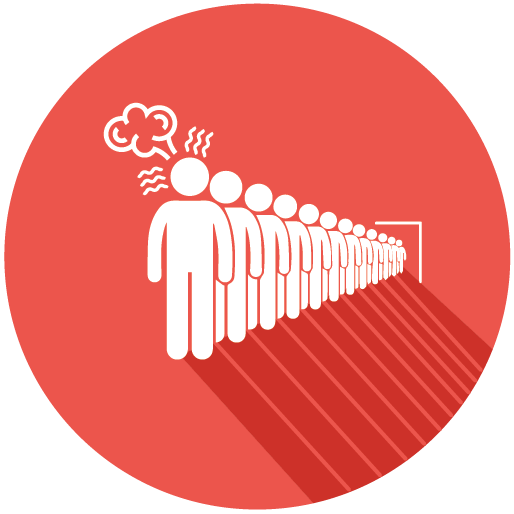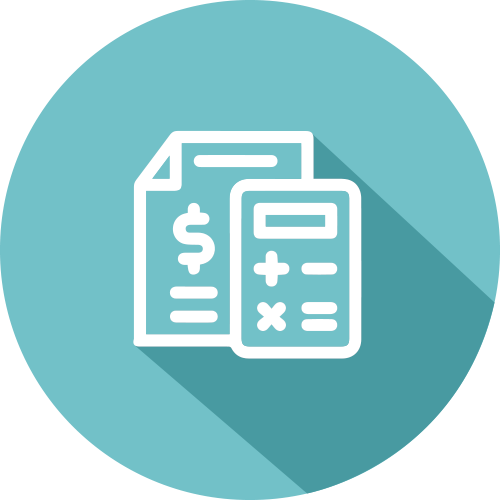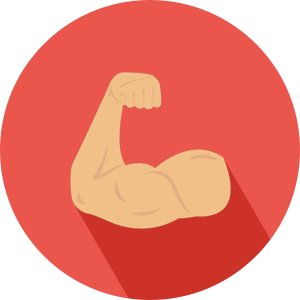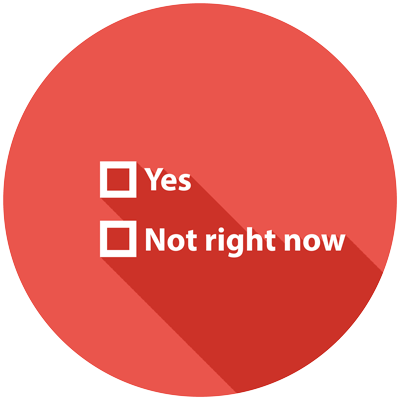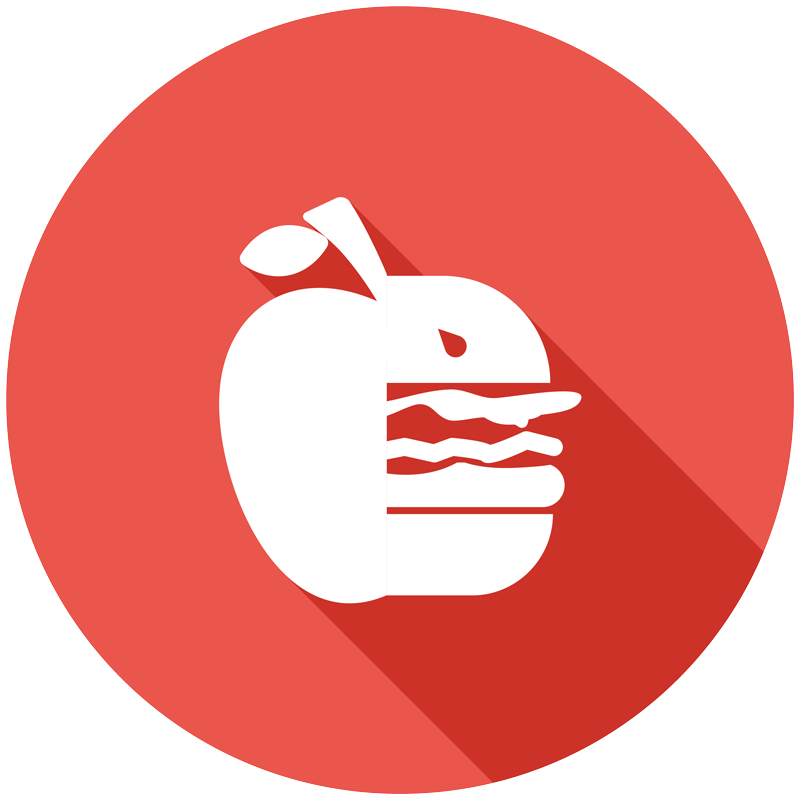Articles from this author
Consumer psychologists and neuromarketing researchers try to disentangle what makes a product stand out on a shelf. With eye tracking, we can now measure even the most subtle attentional effects.
The major factor driving attention is hardly surprising: shelf position. For example, eye tracking studies reveal that areas slightly below eye level vertically, and in the middle of a shelf segment horizontally, constitute premium shelf real estate that demand more shopper eye balls and higher conversion rates.
Interestingly, attention is not only determined by shelf position, but on a more subtle level also by the neighboring products. For example, a product that’s placed right next to the market leader tends to benefit greatly from attentional spillover. It simply has a higher chance of being discovered and therefore to end up in the customer’s shopping basket.
Posted in Archive, Conversion
published on Tuesday, 10 October 2023
Marketers love to end their prices with the magical numerical combination of 99. This practice, which is also known as charm pricing, psychological pricing or odd pricing, is seen in virtually every country across the globe. There’s no question about it: it works. But new research shows that the pricing trick will backfire under specific circumstances.
Posted in Archive, Strategy
published on Tuesday, 07 February 2023

In their battle for customer attention, food packaging designers are eager to implement techniques from psychology. It gives them an edge over their competitors in grabbing customer attention and increasing sales.
Especially in the aisles containing your typical vice products, most purchases are unplanned. This leaves a major role for on-pack visuals and claims to determine which products end up in our shopping baskets.
Over the years, consumer psychologists have unearthed many of these design techniques, which are often quite eloquent and subtle, such as:
- Getting the typography right (did you know that round fonts reinforce our perception of sweetness?)
- Cleverly arranging the various visual elements (did you know that bottom-heavy pack designs increases our perception of the amount of product we’ll be getting)
- Using nature’s principles of beauty (did you know that designs following the golden ratio are regarded more beautiful?)
As we focus on ever-more subtle design techniques, we may be overlooking the most powerful weapons of influence that are in front of our faces all along. A recent study by Huang et al., (2022) has thrown the spotlight on one such factors: image size.
Posted in Archive, Conversion
published on Tuesday, 31 May 2022
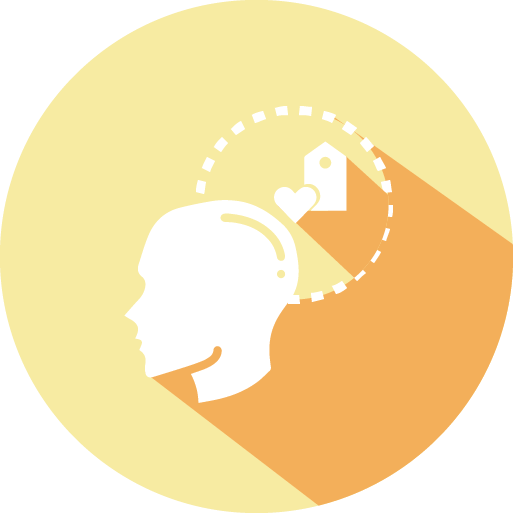
Take a moment and jot down all the brands that feel important to you.
It’s likely your list isn’t too long (unless you work in branding or marketing, which makes you almost a different species compared to the typical consumer). When Connors et al. (2021) asked this question to a large sample of respondents, the average number of brands was a meager 2.15. Fewer then 1% of people mentioned more than 10 brands.
This pushed the question how important brands are in our lives – really?
Strong brand relationships are extremely rare (Thomson, MacInnis & Park, 2005). Consumers do not have – and truth be told: do not want – strong relationships about the brands they use. In fact, for most of the products that end up in shopping baskets, we wouldn’t lose any sleep if these brands would disappear eternally (Havas, 2020). There’s almost always a substitute just around the corner.
‘Love brands’ such as Apple and Coca-Cola do exist, but only arise once in a blue moon – and even these textbook brands show only slightly higher levels of loyalty as what would typical (Sharp, 2012).
Posted in Archive, Advertising
published on Monday, 15 November 2021
Nobody wants to finish last. Regardless of which sphere of live you investigate, people take significant effort not to end up in the painful last position. Diners in restaurants rarely order the cheapest wine on the menu—with preferences clustering around the second cheapest option (McFadden, 1999). The pain of rejection stings most when one is picked last in gym class, whereas the person in the second-last spot breathes a sigh of relief (Weir, 2012).
But what about waiting in queues? Is waiting actually more painful for the last person in line compared to someone waiting an equal amount of time with one additional person behind him?
Through an impressive series of five studies on both in-store and simulated queuing environments, the behavioral scientist Ryan W. Buella investigated the psychological dynamics of queuing. He discovered that being the last one in line carries a powerful psychological difference that has striking consequences on our behavior and satisfaction.
Posted in Archive, Conversion
published on Wednesday, 14 July 2021
From self-help books to popular gurus preaching the rules of financial literacy – they all seem to have piece of advice in common: budgeting. Presumably, budgeting is the core ingredient of a healthy financial life. It just makes sense to determine in advance what you are going to buy and for what cost. But is it actually true?
If our brains would be perfectly rational, budgeting makes sense. And in many cases, budgeting tends to work in our favor. After finding out we overspend on dining out or buying new clothing, it wouldn’t hurt to set a purchase limit for the next months. Unfortunately, when we put on the goggles of a behavioral scientist and measure the intricacies of what actually happens when people set budgets, some surprisingly irrational patterns emerge.
To put it bluntly: under specific circumstances, setting prior budgets will predictably make you spend more. Period. So, let’s dive into the data on the surprising psychology behind budgeting.
Posted in Archive, Strategy
published on Monday, 31 May 2021
From Kodak to Coca-Cola. And from KitKat to Kool-Aid. Over the years, many brands have been born with the letter -K as their first phoneme. This preference among branding practitioners was so apparent that Schloss (1981), who was first to quantify the overrepresentation of the letter K, has dubbed his linguistic discovery the “K effect”.
Is there something magical about the letter K that made it the phoneme of choice among brand creatives? Should new brands adopt it as well, or is it wiser to avoid it nowadays? And how did the K effect fare in recent years? Recently, a new study has been conducted to see whether K has held its ground in 2021.
Posted in Archive, Strategy
published on Monday, 12 April 2021

Ideas. They are the rocket fuel behind many of life’s best decisions. And some of the worst.
Whether you’re an entrepreneur in search of fruitful business avenues, a storyteller pondering on a thought-provoking new narrative, or just a tourist contemplating what new things to do for holiday. For many of these decisions, we tend to turn inside for answers. In a very real way, we’re internally brainstorming with ourselves, trying to wrap our hands around these pearls of wisdom we call ideas.
Initial ideas differ widely in their vividness and concreteness. We tend to love vivid ideas. The entrepreneur could suddenly connect the dots between a brand-new technology and a target market that has a need that just screams to be met. The writer can conjure entire plotlines out of thin air in a matter of seconds, beginning, middle and end. And the tourist may suddenly decide to go bungee jumping in the crater of a sleeping volcano – I know I did.
But do these sudden crystal-clear notions always provide the best path to go forward? You may be able to think of some of your own initially brilliant ideas that turned out to be lukewarm at best – I know I do.
And what about those other ideas that were not fully crystalized yet, causing you to throw them out of the window? Of course, the million-dollar question is: how many of those prematurely discarded ideas would have turned out to be brilliant?
Countless of studies have been done on how individuals evaluate the creativity of their final ideas. But the psychology behind how we evaluate and build upon the initial figments of those ideas during the creative process itself has rarely been studied.
Posted in Archive, Strategy
published on Tuesday, 23 June 2020
Deciding whether or not to put a product in your shopping basket is often a split-second decision. If there’s one advantage neuromarketing has over traditional methods, it’s being able to measure objectively what happens during that split second.
One problem: the amount of research methods under the ‘neuromarketing’ umbrella grows ever more diverse. From skin conductance to EEG. From Facial Coding to Eye Tracking.
When deciding for a specific method, a marketer wants to know one single thing: how well does it predict actual purchase?
Posted in Research, Archive
published on Thursday, 25 July 2019
What does the typical neuromarketing study look like? Let’s visualize for a moment what typical respondents go through in the hour they visit the neuromarketing lab.
First and foremost, there’s some brain scanning device involved, such as EEG or an fMRI scanner. Secondly, there are marketing stimuli the respondent has to interact with, oftentimes tv commercials, websites or pictures.
Next, imagine what the lab looks like. In the case of fMRI, the respondent lies flat in a turbine-shaped machine. EEG is a simpler and more flexible technology, allowing for lab designs simulating a comfortable living-room setting.
But still, there’s one essential thing missing. One thing that’s present all the time in real life, but completely lacking in almost any neuromarketing study. The answer? Other people.
Posted in Research, Archive
published on Friday, 05 April 2019
Each and every day, package designers, retail planners and online UX experts all face the same question: should you follow customer expectations, or should you break them?
Many experts propose that stores, products and websites should strictly adhere to what the customer expects. This would increase the fluency of the customer experience, leading to increased feelings of positive emotion and – ultimately – purchase behavior.
Nonetheless, there are countless examples of successful concepts that had their rule-breaking philosophy to thank for. From Dell cutting out the middle man in an industry where no one believed people would buy any place else than the retail store, to Craigslist proving discarding many emblematic UX and design rules.
Posted in Archive, Conversion
published on Tuesday, 11 December 2018
Both advertisers and researchers have known for many years that music can tip the scale in an ad’s favor. The well-chosen tune can make all the difference when it comes to people attending towards the ad, developing positive attitudes and associations – and ultimately forking over their hard earned cash to buy the product.
But what exactly constitutes the right music?
Posted in Archive, Advertising
published on Tuesday, 31 July 2018
Have you ever dared to walk into an Abercrombie & Fitch store? Then the memory of the many muscled six-pack wielding employees probably hasn’t vanished from your mind. The brand seems to be built around the young and fit male employees who guide the customer towards a – likely – pricey fashion investment.
Does this strategy work? Does the sight of bulging biceps, tall v-tapered physiques, and chiseled jawlines truly make the average Joe reach deeper into his wallet? Let’s find out – because science has found an answer.
Posted in Archive, Conversion
published on Wednesday, 23 May 2018
For years, neuromarketeers have been in pursuit of the buy button. This specific neural pattern ought to align perfectly with a rising slope in the sales curve.
Unfortunately, reality is more complex than that. While specific kinds of brain activity are certainly predictive of purchase and preferences (the nucleus accumbens and frontal asymmetry pop up time and again), the ultimate response seems to vary with content and strategy.
Posted in Archive, Advertising
published on Wednesday, 25 October 2017
In the last decade, psychologists have uncovered many fascinating spillover effects of television genres making people more susceptible to different forms of advertising. A block of commercials isn’t processed in isolation. Instead, it’s tightly connected to the thoughts and feelings activated by the previous show, movie, news story and surrounding ads. This knowledge is solid gold for advertisers, as it allows them give their commercials an extra edge when buying media time.
Posted in Archive, Advertising
published on Thursday, 15 June 2017
We don’t like to admit it, but as humans we do a pretty bad job at controlling our attention. Sure, we can actively choose to maintain or divert our focus after something has captured our attention. But we hardly understand why it grabbed our eyes in the first place.
Posted in Archive, Conversion
published on Tuesday, 14 February 2017
Get ready. You’re about to discover a simple to use scientifically grounded technique that has increased conversions by 40% to as much as 125% percent.
It’s not about button color, shape or size. It’s not about adding extra pieces of persuasive information. It’s not about clever page design. It’s simply restructuring the way people can accept or decline your call to action.
Posted in Archive, Conversion
published on Friday, 02 December 2016
Governments and health organizations are spending billions of dollars in order to stimulate you and me to put healthier foods on our plates. But take one look at the world outside to face living and breathing proof that these strategies are far from successful. And in case you’re not a big fan of anecdotal evidence; the statistics also show that obesity is at an all-time high worldwide.
Posted in Archive, Conversion
published on Saturday, 29 October 2016
It’s one of the most intriguing questions in neuromarketing today: how can we predict people’s choices by having a peek into their brain activity?
Our brains are made up of many clusters of neurons, each devoted to specific – but often yet weakly understood – functions and processes. Scientists and marketers unite in pursuit of so-called ‘buying buttons’. These specific brain areas are particularly responsive towards alluring products, commercials or otherwise money-spinning marketing stimuli.
Posted in Research, Archive
published on Tuesday, 17 May 2016
Smell. Isn’t it amazing how a dash of invisible scent molecules is able to transport you right back into a childhood visit to your grandparents? Or how the delicious aroma of freshly baked bread seems to lure you into that little bakery around the corner – despite your strict low-carb diet? And everyone recognizes that typical smell emanating from the box of your brand-new phone or television.
Posted in Archive, Strategy
published on Tuesday, 03 May 2016
Because consumers are more eager than ever before to evade advertising, advertisers increasingly turn toward more covert methods to display their brands. Product placement – brands and products appearing as props in movies and TV shows – has exploded during the last decade.
Posted in Archive, Strategy
published on Monday, 04 April 2016
Want to add some extra persuasive punch to your message? All you need is some neuroscience. And quite literally so: explanations that contain neuroscientific information such as brain scans or typical neuro-lingo are more persuasive.
Posted in Archive, Advertising
published on Monday, 21 March 2016
Imagine you’re spending the night in your nearby cinema, viewing Hollywood latest blockbuster. What determines how much you’ll enjoy the movie?
You might think about factors such the film’s beautiful cinematography, the popcorn’s crisp bite or even the usherette’s cute smile. Surprisingly, brain scientists from Princeton University have now unearthed a much more subtle influence on our experience of pleasure: the freedom of choice you had prior to attending the movie. The pleasure generated from choosing between options – let’s say a romantic comedy and a sci-fi epic – spills over to the subsequent experience. This is called the Choice Premium Effect.
Posted in Archive, Conversion
published on Monday, 07 March 2016
Wow. Just wow.
Let me share two experiments that have changed my view on the power of brain imaging forever.
Can your brain predict who will be the next Lady Gaga?
Posted in Research, Archive
published on Thursday, 17 December 2015
Ouch. Last week taught me a painful lesson in humility. I learned I was just using half the power of a persuasion principle I was convinced I’d mastered perfectly: social proof.
Social proof works. Period. No question about it.
Posted in Archive, Conversion
published on Wednesday, 11 November 2015





